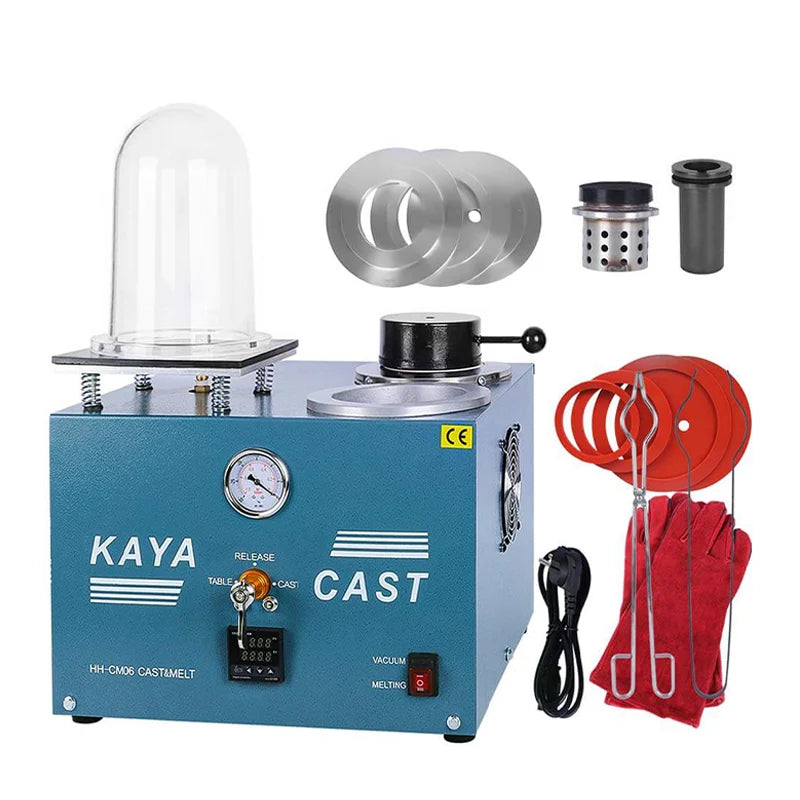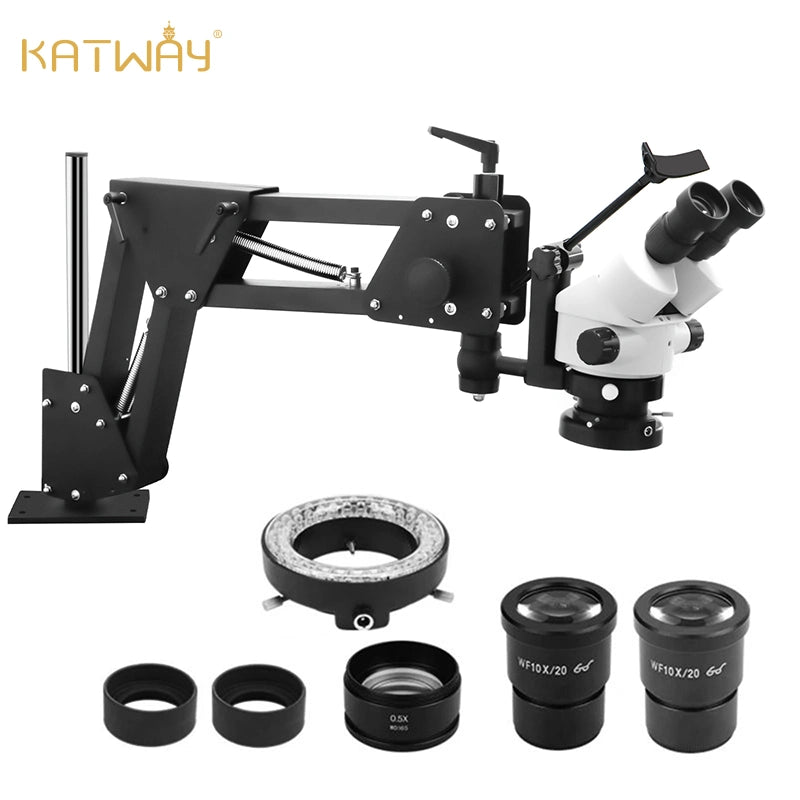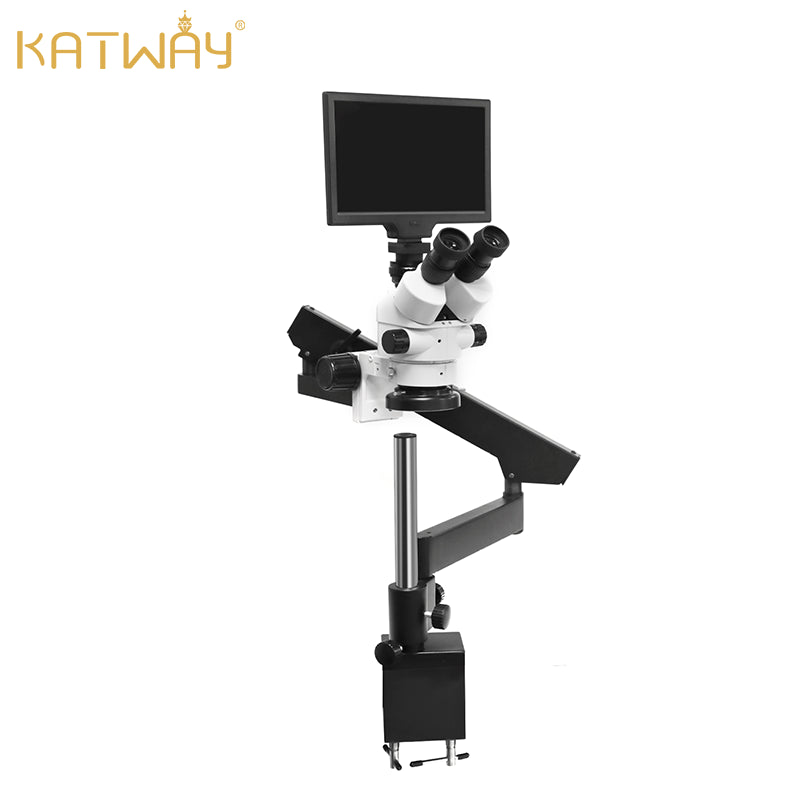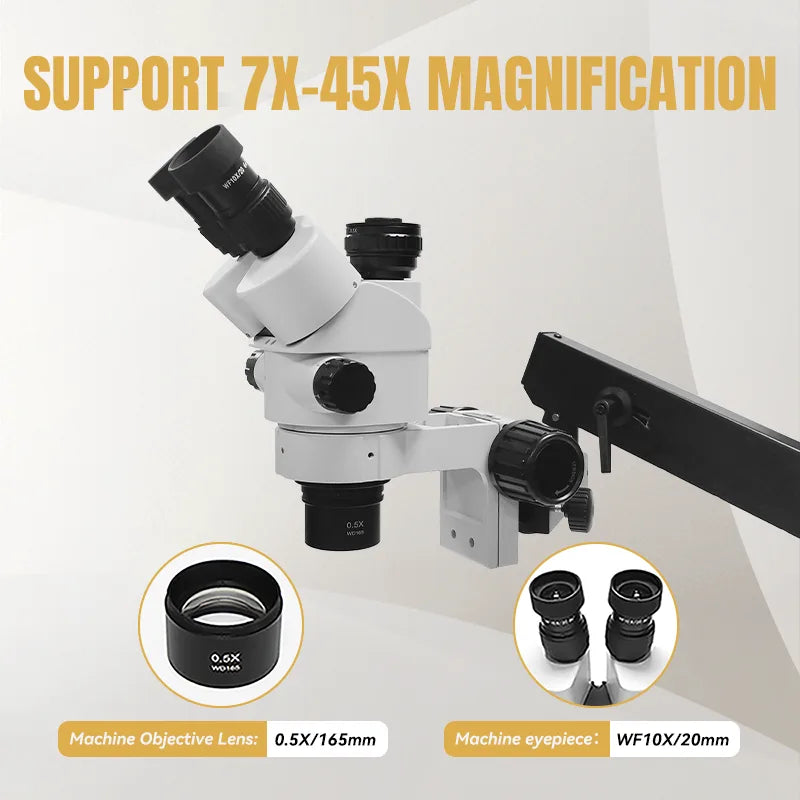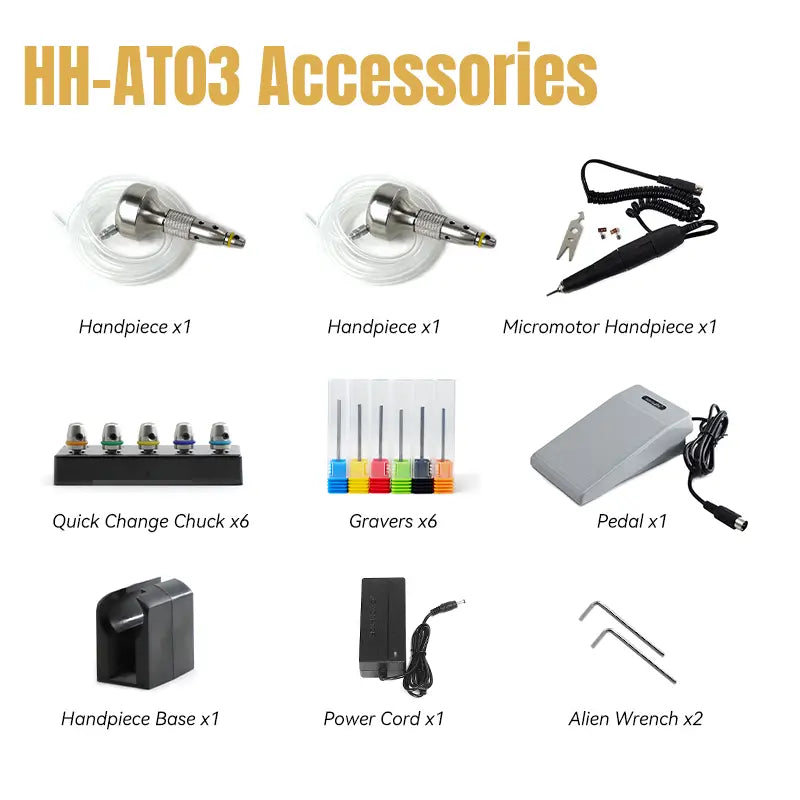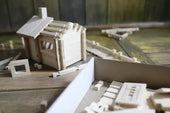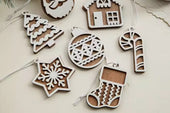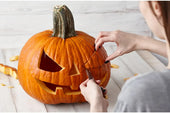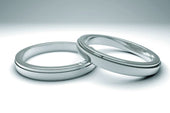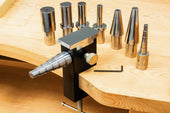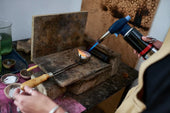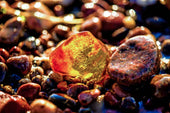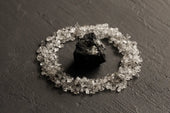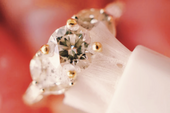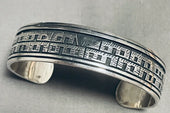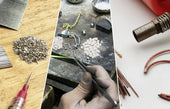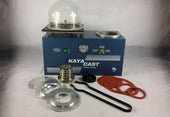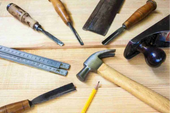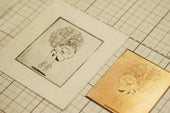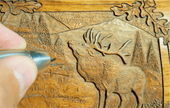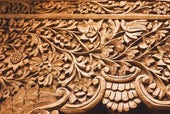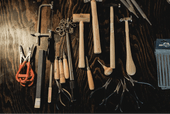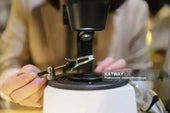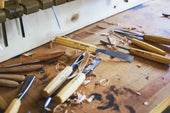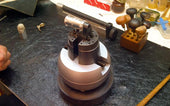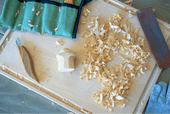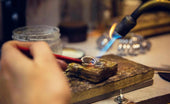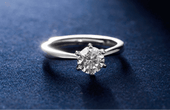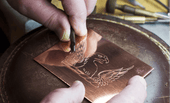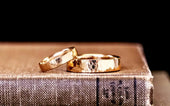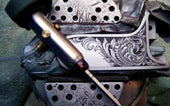Everything You Need to Know About Jewelry Engraving
Carving is an ancient skill that has been around since the time of early human civilization, though those ancient carvings were usually done on stone, bone, wood or other natural materials to represent mythological stories, hunting scenes, human figures and so on. On the other hand, it also reflects our ancestors' pursuit of art. Nowadays, when it comes to carving people think of jewelry carving, which gives new artistic value to ordinary materials such as metal, jade, glass, etc., through every line, every groove
Infused with the personal touch of the engraver. Each hand-carved piece represents a symbol, a moment, an emotion, and even if it's not as delicate, it can still be a one-of-a-kind treasure.
Jewelry engraving is really not considered an easy field, and there is so much to learn to go from beginner to proficient to master. If you're interested in this technique, then we'll be providing a thorough guide for newbies to get started in this next article, which we hope will be helpful.
What is jewelry engraving?
For many people jewelry goes beyond ornamentation; it can contain symbolism, emotional connections and personal experiences. Engraving is a technique that gives more meaning to jewelry, making it a talisman of special significance, and engraving a string of numbers or a name can be a tangible manifestation of the most cherished memories and relationships
Engraving creates a special connection between the jewelry and the wearer, silently displaying to others the secrets and declarations that the wearer wants to share. When the wearer sees the piece of jewelry, it resonates with this connection, constantly reminding the wearer of the emotions it contains.
Jewelry engraving has the ability to be customized whether it is hand engraved or automatically engraved by machine. This is the era of branding and individuality, where personalized emblems and unique imprints give a sense of uniqueness. This is one of the reasons why the demand for customized jewelry is growing. As with tattoos, there is a growing tendency for people to express themselves and tell their emotions through jewelry, and the impact of personalized jewelry engraving is magnifying.
History of Jewelry Engraving
Engraving did not have much of an intrinsic connection with jewelry long ago, but over time engraving techniques have slowly become a technique for jewelry making. The history of jewelry engraving can be traced back even to the first few centuries B.C. In ancient Egypt and Rome, and especially in ancient China, intricate engraving techniques began to be applied to jewelry. In today's British Museum and the Beijing Museum in China, there are many early works of exquisite jewelry engraving, after thousands of years, can still show the carver's mastery of technology. Jewelry has been a favorite in all periods of history, and much of it is a sign of social status, personal identity and artistic prowess.

Types of Jewelry Engraving
There have always been two camps regarding modern jewelry engraving, and those are hand engraving and mechanical automatic engraving. There is no such thing as one type being better than the other; they each have their own characteristics.
For hand carving, it is a traditional skill that requires a high level of skill and patience from the carver. Using specialized tools such as a carving knife or some pneumatic engravers, the carver can be as imaginative as he or she wants to be and is able to create more unique and complex structures. Mastering skilled carving requires years of hands-on experience, and each carving piece reflects the individual skill and craftsmanship of the carver. Depths and textures that are difficult to achieve by machine can be accomplished by hand.
However, automatic machine engraving, mainly to deal with a unified standard of mass production, it is very efficient carving, more uniform appearance. But it has no way to do as hand-carved into the human emotions, after all, it is the product of the machine.
Selection of engraving tools
If you want to do a good job, you have to have the right tools. To produce a great carving, it is essential to have the tools at hand. The following are some of the tools that are essential to the carver:
- Engraving Knives: There are many types of engraving knives, each corresponding to a purpose and varying greatly depending on the material being engraved. A professional set of knives is invaluable to the carver.
- Rotary tools or engraving machines: for some large pieces or other works, engraving machines are very efficient and precise.
- Sharpening system: A reliable sharpening system is also very important to maintain the effectiveness of the graver.
- Vises and clamps: These tools are used to hold the material in place during the engraving process.
- Stereo Microscope: When it comes to something that requires fine engraving, a magnifying glass is a necessary tool for the engraver to ensure the accuracy of the engraving.
- Practice materials: Before the actual carving, usually the carver will pre-practice with other materials to ensure success in one go.
If you intend to practice your carving skills, purchasing a set of carving tools is a prerequisite. It is vital that you choose a quality set of tools within the limits of your budget.
Common Materials for Jewelry Engraving
Once you have solved the problem of engraving tools, it is time to consider the choice of materials. In the realm of jewelry engraving, there is also an abundance of materials available, ranging from metals, gemstones, ivory, pearls, organic materials, and plastics. Since ivory is restricted due to its controversial origin, the most commonly used are various metals and gemstones. The choice of materials depends on the budget; certain materials are very expensive and if you are a beginner, it is recommended that you practice with cheap plastics, wood and certain horns to avoid creating a waste of expensive materials.
Basic carving techniques for beginners
Although the carving technique is very complex, as a beginner, here are some tips you must master:
carve
The correct way to hold an engraving knife is directly related to the accuracy and comfort of the operation, and there are 3 most common ways to hold it:
Hand Grip: This is the most common grip for most carving tasks. Hold the carving knife in your hand in a position similar to holding a pen. The thumb and index finger should grip the handle of the carving knife, while the middle finger can rest on the handle to provide additional support. The pinky and ring fingers can then lightly touch the work surface to provide additional stability.
Detailed Grip: When detailed carving work is required, the carving knife can be held on the tip of the finger, similar to holding a pencil. This grip provides more precise control, especially for parts that require detail work.
Hand Grip: Sometimes it is necessary to perform more substantial carving work by holding the carving knife in the palm of your hand, similar to holding a knife. This grip provides greater strength and control for situations where deeper carvings or larger cutting areas are required.
Cutting Linear
Just as you learn to draw by starting with the simplest of lines, carving starts with practicing carving straight lines of consistent depth and width. When you get good at it, work on curves.
Application of shadows and textures
Learn to use different knives to create different shadows and textures to simulate light and shadow and three-dimensional effects by varying the depth and direction of cuts to make carvings more aesthetically pleasing.
Starting with simple techniques through a lot of practice to reach a level of proficiency can start the next stage of practice.
From concept to completion
If you feel confident in your current skills, try to complete a simple piece. It is a meticulous and meaningful process from concept to final product. If you don't have a concrete idea, you can start by imitating it, and you can get a lot of inspiration on the Internet.
The design is then sketched and refined, with attention to spacing data, symmetry and balance. Once the drawing is finalized, transfer it to the material and gradually shape it through your meticulous work. Don't forget to polish the work when it's finished, as this ensures that the work is as refined as it is beautiful to look at.
Final thoughts
In my opinion jewelry engraving is not a technique, it is more of an art. It is the equivalent of mastering a language, a language that communicates with metal and stone or other materials. And each piece is imbued with a deep meaning and soul by its creator, which expresses values and aesthetics instead. It's beyond mere decoration, it's masterful craftsmanship and human connection.
View more related articles
Exploring the Charm of Freshwater Pearls
Do You Know What Metal Engraving Is?
The Methods for Hand Engraving Metal
How to choose the right rolling mill to make jewelry
Knowledge about gold plating materials and metal wires


